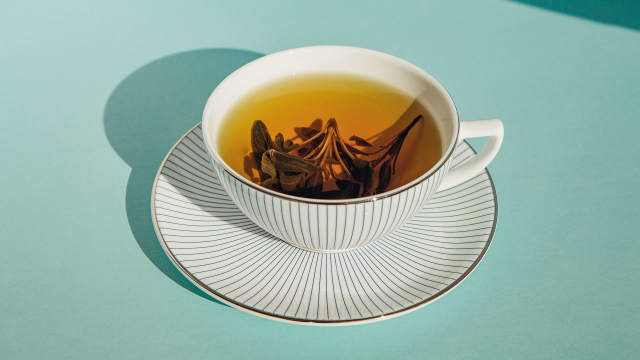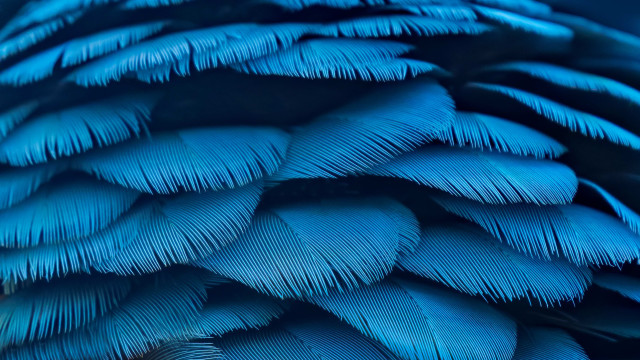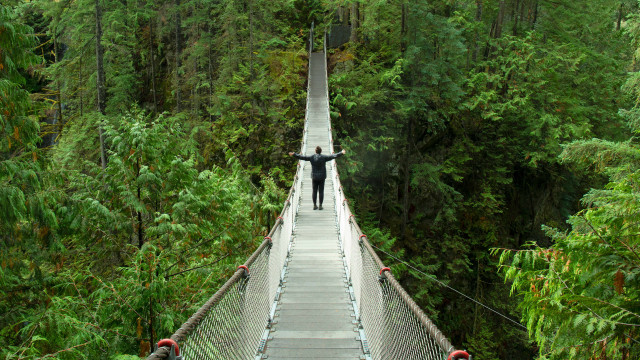Black Tea

Ingredient: Black tea
Latin name: Camellia sinensis
Uses: beverage, flavoring
What Is Black Tea?
Black tea is a beverage brewed from the oxidized leaves of the tea plant (Camellia sinensis). Green, white, yellow, and oolong teas also come from this plant; they’re just less oxidized than black tea. Since black tea is more oxidized, it gives a darker, stronger-flavored brew (and higher caffeine content) than other teas. There are dozens of varieties of black tea. Some black teas are blended, like English breakfast (a blend of Assam, Kenyan, and Ceylon), and others are flavored, like Earl Grey (black tea flavored with bergamot oil).
Why Is Black Tea Healthy?
- Rich in antioxidants such as flavonoids and theaflavins, black tea may help reduce blood pressure, and support heart health.
- When paired with L-theanine, the caffeine in the tea supports alertness.
- Black tea may help balance blood sugar when consumed without cream or sugar after meals.
What Does Black Tea Taste Like?
The tannins in black tea give it a pleasant astringency, but different varieties have different flavors. Lapsang souchong tastes like woodsmoke because it’s dried over burning pine boughs. Keemun has a floral, plummy flavor. Other varieties have a toasted malty flavor, others a spicy cinnamon aroma; some can be robust.
How Do I Use Black Tea?
Black tea is typically brewed by pouring boiling water over it and allowing it to steep until the flavors are released. You can brew sun tea by placing black tea and water in a large jar and setting it in the sun for two to four hours. Tea can be enjoyed hot or iced, with or without a sweetener. You can also use tea to flavor ice cream and other foods (as in black tea–infused shortbread cookies) or to add depth to gravies.
What Does Black Tea Pair Well With?
Black tea is lovely with milk or cream (or, in the case of Thai iced tea, sweetened condensed milk), citrus (especially lemon or orange), sugar or honey, and masala spices (clove, cinnamon, mace, cardamom, star anise, black pepper, and ginger), though Tibetans take their tea with salted butter. There is a long tradition in Asian countries, Europe, and the British Isles of enjoying special snacks with tea: comfits and dried fruits, sweets, pastries (especially cookies, scones, and tea cakes), small sandwiches, and savory pastries.
Where Does Black Tea Grow?
Tea plants are native to East, Southeast, and South Asia, though today most tea is grown in China or India. Tea plants grow in bushes in subtropical climates, though some teas are grown at higher elevations to allow their flavors to develop more fully before harvesting.
How Do I Buy Black Tea?
Black tea is widely available in tea shops, grocery stores, and cafés around the world. You can buy tea in a few different formats: a box of individual tea bags (for brewing a cup or two each), loose leaves (for brewing with a tea ball or filter), or a compressed brick (break off a chunk for brewing). Tea stores sell tea in bulk and offer the greatest variety. Store tea in a cool, dry place away from direct sunlight, and it will keep its flavor for a year or two.
Surprising Black Tea Fact
In the Western-style diners of Hong Kong (and Hong Kong–style diners elsewhere) known as cha chaan teng (tea restaurant), they serve silk stocking milk tea. Hot Ceylon tea is mixed with evaporated milk and poured through a long filter that resembles a silk stocking to make a rich and creamy beverage. Dating back to the 1940s, this unique style of preparing tea is included in the Intangible Cultural Heritage Inventory of Hong Kong.









